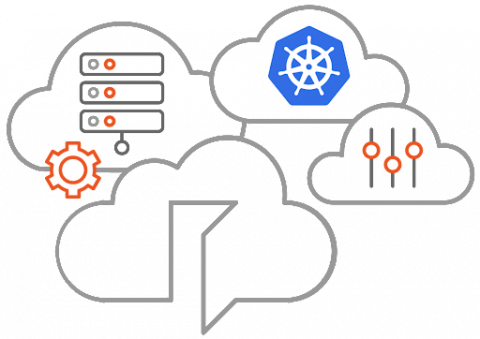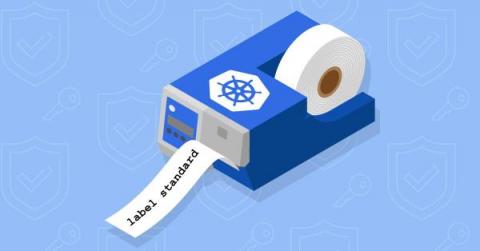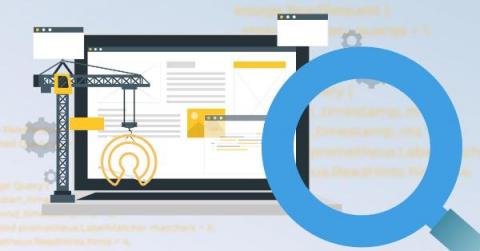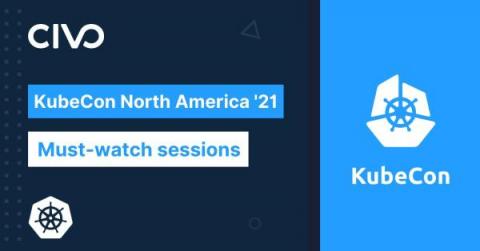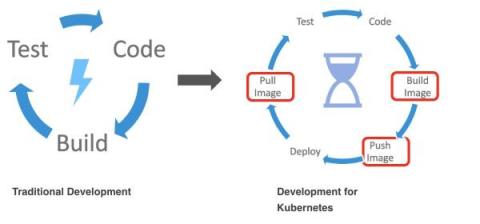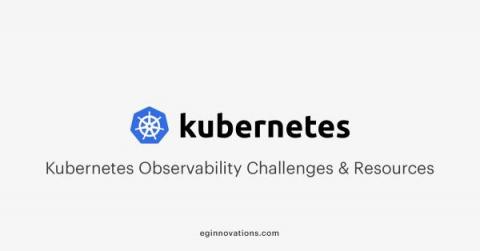Kubernetes Fully Managed: Overcoming CIOs challenges
Kubernetes is everywhere! In the public and private cloud, and from the enterprise to startups, the majority of IT executives around the world have explored Kubernetes, and how it has evolved the way many organisations are developing and deploying their applications. But what is scary about it, and how can organisations better leverage one of the greatest tools in the field while overcoming the biggest challenges facing CIOs when adopting Kubernetes?


